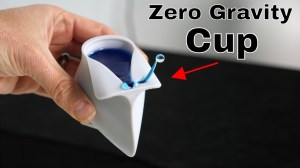Scientists have been studying the genial walking stick insect in order to learn more about which of their six legs provide most of the force to propel them forward. Dr. Chris J. Dallmann of Bielefeld University in Germany conducted a study of these insects in order to understand how his department’s six-legged robot named Hector could be best put to use. Dallman explained his findings in an interview with The New York Times.
The front legs act more as sensors, feeling the way as the insect moves. In terms of walking, Dr. Dallmann said, the insect acts like a four-legged animal. What he and his colleagues found surprising was that the middle and hind legs bore the insect’s weight on the same joint that was involved in propulsion. “One joint is the power joint,” he said, “keeping the body above ground and going forward.”






